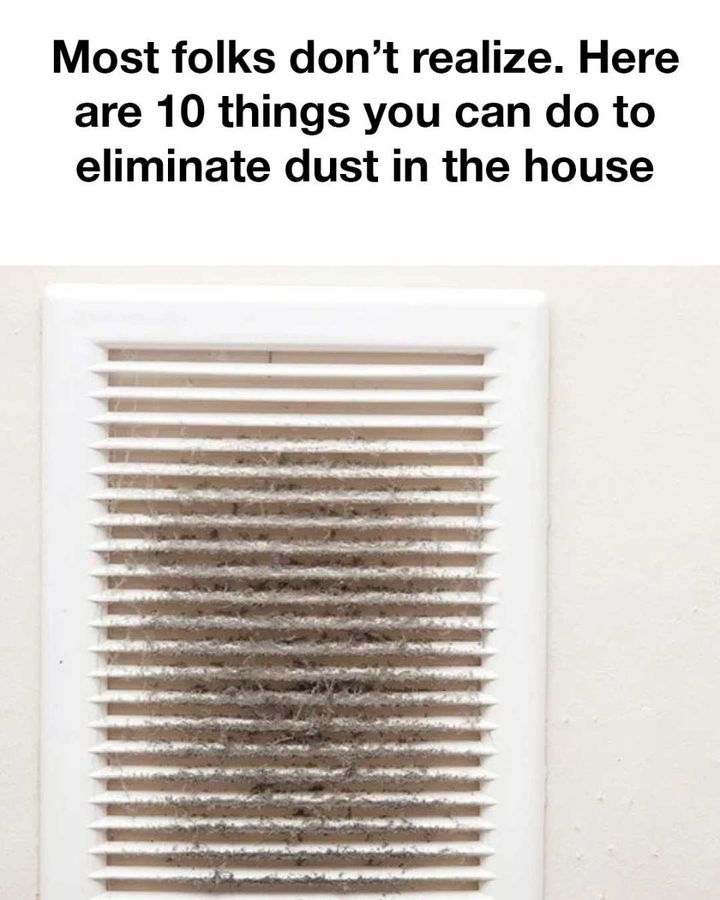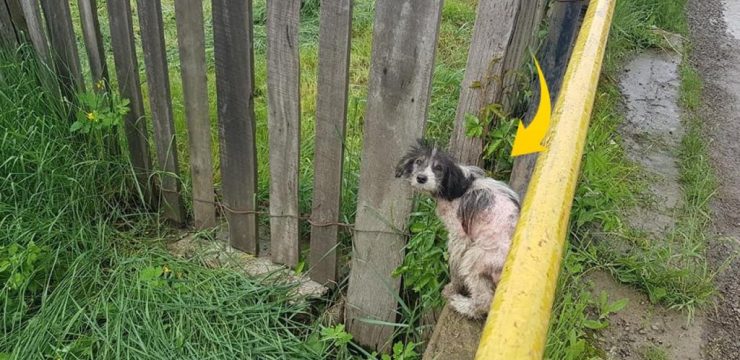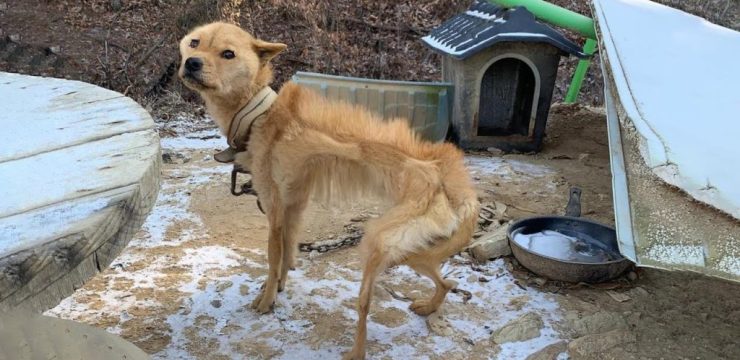Dust might seem harmless at first glance, but it builds up fast and can negatively impact your health and your home’s cleanliness. Many people don’t realize how much of it comes from everyday living—dead skin cells, pollen, pet hair, clothing fibers, and tiny dirt particles from outside. Dust is everywhere, and without a plan to control it, it quickly takes over. Whether you’re battling allergies or just want to keep things tidy, knowing where dust comes from and how to tackle it effectively makes a big difference.

What Dust Really Is and Where It Comes From
Dust is made up of both indoor and outdoor materials. Indoors, it comes from shedding skin, fabrics, furniture, and pets. Outdoors, it sneaks in through windows, doors, and on your shoes. Once inside, it settles on every surface it can find—floors, shelves, electronics, and more. Understanding its sources is the first step in preventing buildup and improving your home’s air quality.
Why Dust Can Be Harmful to Your Health
While dust can be annoying, it’s also a health concern—especially for people with asthma, allergies, or other respiratory issues. It can trigger sneezing, congestion, itchy eyes, and even worsen chronic breathing problems over time. Keeping your home as dust-free as possible helps protect your health and makes your space more comfortable to live in.
Pick the Right Tools for the Job
Getting serious about dust removal starts with having the right cleaning tools. Microfiber cloths are a must—they trap dust better than old-school cotton rags and don’t just push it around. Electrostatic dusters are great for reaching into corners and tight spots. Most importantly, use a vacuum cleaner with a HEPA filter. These vacuums can pick up even the tiniest particles and prevent them from going back into the air.
Stick to a Weekly Dusting Routine
The key to controlling dust is consistency. Set up a weekly cleaning routine that includes wiping down furniture, vacuuming carpets, and cleaning vents. Focus on areas that collect dust easily, like baseboards, blinds, and electronics. If you have pets or live in a high-traffic home, you may need to dust more frequently.
Use Air Purifiers and Keep Filters Clean
Air purifiers with HEPA filters can be game-changers in dust control. They trap airborne dust before it has a chance to settle on surfaces. Put one in commonly used rooms like bedrooms and living rooms. Also, be sure to check the air filters in your HVAC system regularly. Dirty filters just recirculate dust, so swap them out every few months—or more often if needed.
Maintain Your HVAC System
Your heating and cooling system can help control dust, but only if it’s well-maintained. If it’s blowing out dirty air, it could be making things worse. Have your ducts cleaned periodically, and always use high-efficiency filters in your system. These filters catch smaller dust particles and help keep your air cleaner. Set reminders to replace them as recommended.
Choose the Right Vacuum Cleaner
Not all vacuums are created equal. If dust is a concern, go for a vacuum with a powerful motor and a built-in HEPA filter. This combination will lift dust from both hard floors and carpet. Make sure your vacuum is designed to handle your specific flooring, and empty the dustbin or bag regularly so it doesn’t lose suction.
Microfiber Cloths: Your Dusting Hero
When it comes to cleaning surfaces, microfiber cloths are hands down the best option. Their fine fibers cling to dust rather than spreading it. You can use them dry for light dusting or dampen them slightly to pick up more stubborn grime. Just make sure you wash the cloths regularly so they stay effective and hygienic.
Keep Fabrics Clean to Reduce Dust
Fabrics attract and trap dust like magnets. Bedding, curtains, rugs, and upholstered furniture can all contribute to dust buildup. Wash your sheets and pillowcases once a week in hot water. Choose allergy-friendly mattress and pillow covers that are easy to clean. If possible, swap heavy drapes for blinds or shades that you can wipe down easily. Steam-clean upholstery every few months to keep it fresh.
Add a Few Green Plants That Help Clean the Air
Some houseplants can actually help reduce dust by filtering the air naturally. Spider plants, peace lilies, and rubber plants are all great choices. They absorb airborne particles and boost indoor air quality. Just don’t forget to dust the leaves every so often—plants can collect dust too, and dirty leaves won’t do much purifying.
Declutter for Easier Dust Control
The more stuff you have out in the open, the more places there are for dust to settle. Try to keep counters, shelves, and floors as clear as possible. Use storage bins, cabinets, or drawers to keep your belongings organized and reduce exposed surfaces. A minimalist approach to decor not only looks clean—it actually stays clean longer.





